Table of Contents
Faking full hair has never been easier.
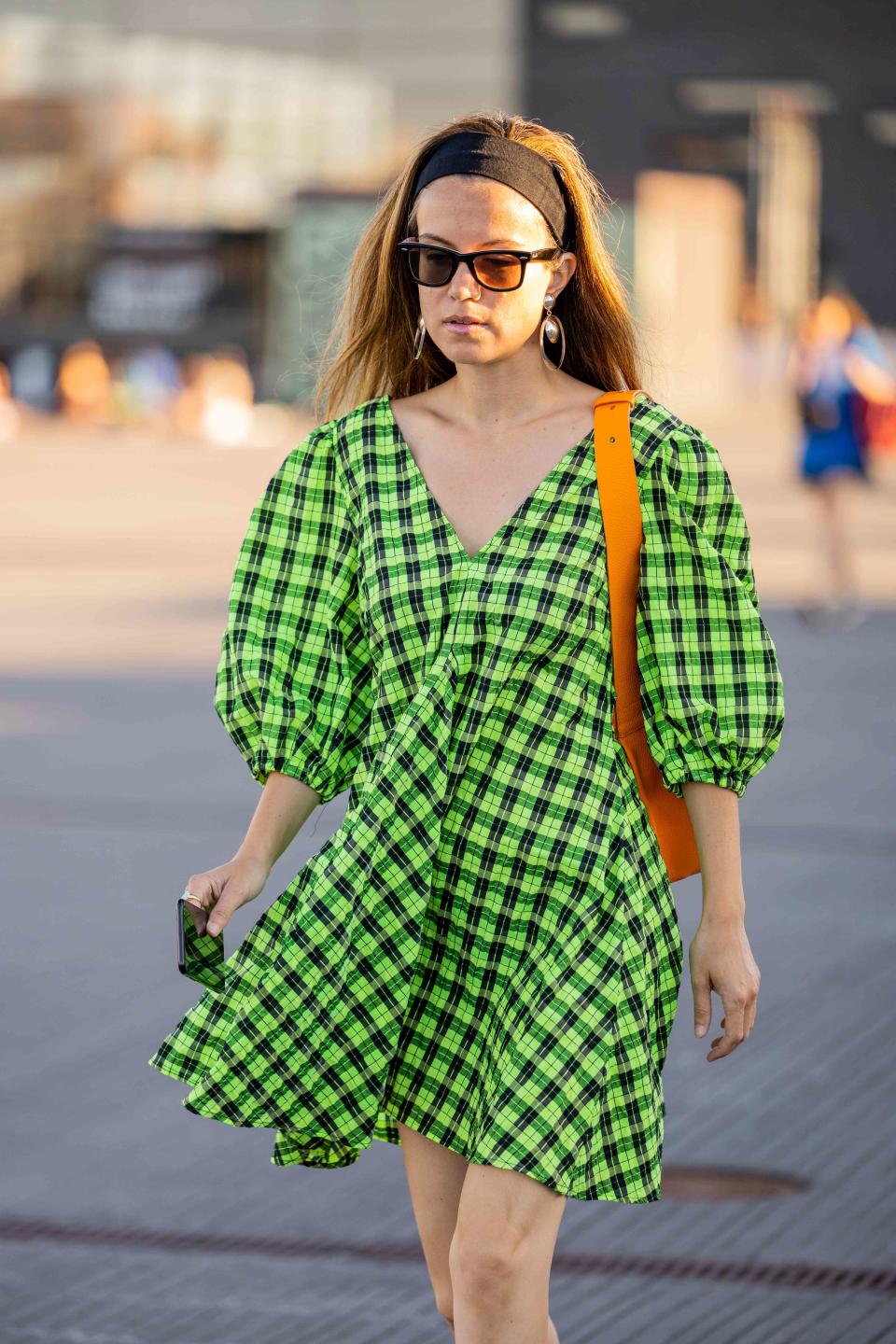
People experience hair loss and thinning for a plethora of reasons. During the pandemic, for example, many noticed they were suffering from stress-related hair loss. Others experience traction alopecia, which can be caused from wearing wigs and extensions. Others have health issues that cause their hair to fall out en masse. Whatever the reason is, it can be scary to notice fewer strands on your head and more on your hair brush. Not to mention, it can cause insecurities.
We firmly believe that everyone is beautiful no matter how much hair they do or don’t have, but if it’s something you’d like to cover up, we’re here to help you do that, too. Certain hairstyles can cover up balding spots, receding hairlines, widening parts, and overall thinning hair — it’s just a matter of knowing what to do and how to do it.
To make this simpler, we tapped two experts and shared a few of the tips we’ve learned over the years as pros. From top knots and bangs to headbands and braids, see below for the 10 best hairstyles that can create the optical illusion of a fuller, thicker head of hair.
:How to Prevent Every Type of Hair Loss, According to Experts
Side-Swept Bangs
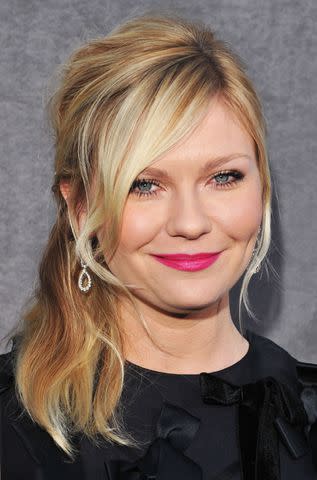
To hide hairline thinning, opt for some side-swept bangs. (Yes, you can fake them if you’re not ready to commit.)
“If you have bangs, pull hair into a loose, low ponytail and secure at the nape of neck. Next, dry bangs with a large round brush for volume and sweep them to either side,” suggests Camille Barretto, founder of haircare brand ME Cosmetics. “If you do not have bangs, leave a small section out from left and right side after you make ponytail pull those sections back and secure behind ears.”
Headbands
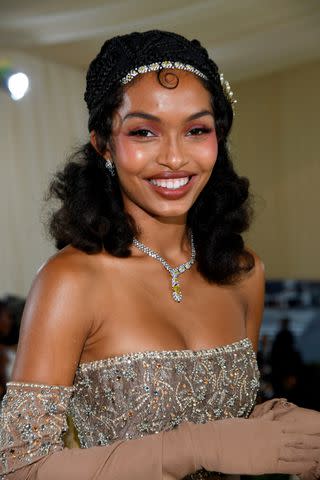
Kevin Mazur/MG21/Getty Images For The Met Museum/Vogue
Using a headband to disguise thinning around the hairline is an age-old trick that works every time — and you can adjust the width and style of it depending on the look you’re going for or how much you want to cover.
Secure headband about a 1/4 inch from your hairline or directly over the hairline, using a comb tease the hair starting from behind the headband brush back and spray a bit of hairspray for hold. A scalp foundation, like this one from ME Cosmetics, is a great way to cover in where baby hair starts to thin normally at the temples, just style hair and then brush a bit of the foundation to either side and rub in.
Top Knot

Astrid Stawiarz/Getty Images
A great option for naturally curly hair, a top knot is both James and Fitzsimons’ style recommendation to help hide hair loss. “This style is best for those who have a recession patch in the crown of their head,” says celebrity hairstylist, Venner James.
Depending on your curl pattern, he suggests using either a gel or molding spray to start. Once you apply your preferred product, slick hair back into your desired position on your head with a medium to hard brush to help gather and put hair where you want it. You can twist or braid the top to create a structure knot if you want something more dynamic. Just be sure to secure it with with a hair tie.
Andrew Fitzsimons, celebrity hairstylist and founder of Andrew Fitzsimons Hair, adds that you should a volumizing shampoo to start like his Andrew Fitzsimons Body Volume Shampoo and Conditioner and then secure with hair with pins to really lock it in place. For something a bit more casual, he says to leave out the ends to help hair look fuller.
Flipped Over Side Part

Jason Merritt/Getty Images
Especially if your hair is thinning at the top of your head, Celebrity Hairstylist & Dyson Global Styling Ambassador Matt Collins says it is best to avoid having a center part. To get a deep side part, he says to start by spraying a generous amount of volumizing tonic. You’ll want to blowdry hair while your hair is flipped upside down to give it some volume. You can style hair while it’s still parted at the center. Then once you’re done, flip your hair over to the side, one to two inches from the center. He says this will push your roots in the opposite direction from which they were set and give your full body.
Caesar Cut

The Caesar cut (or flat wrap) is just a super short cut with slight bangs out front. James suggests this hairstyle to help disguise hair loss as you can create comb over any receding area. Style and mold hair with either a mousse or gel.
Blunt Bob
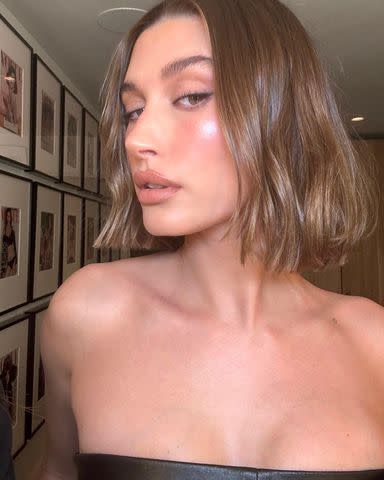
The shorter and blunter your hair is, the fuller it will appear, Collins says. “If your experiencing hair loss chances are there is already texture in your hair, so there is no need to add this,” he says. “Just go for as blunt as possible.”
He says you can add texturing by styling it with natural-looking waves or by adding a texture spray. He adds that the shorter the strands, the more you are able to achieve volume when air drying. If you really want to add some body, he says to start with a good mousse on your roots before drying your hair.
Twist-Outs
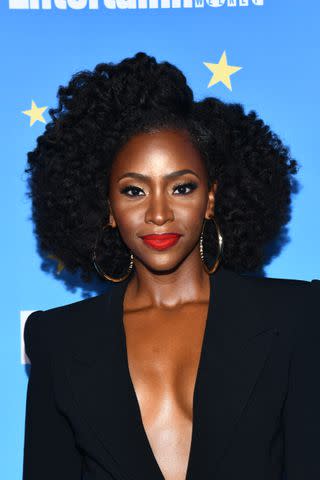
Twist-outs are a great option to hide hair loss if you’ve got natural curls. To do this, James says to split hair into about eight to ten sections. Working section by section, apply a generous curling pomade before twisting your curls. Leave it to dry and once dry, undo and style as desired. He says this style works best on hair longer than four inches and can be used to create volume when the twist is separated.
You can also opt for flat twists, where you’re twisting curls in the same motion as twists just grabbing them to lay them flat. James says to part hair in the direction which will cover the area hair loss. You’ll then want to flat twist — or cornrow — curls. Leave it dry and then you can undo and style as desired.
Face-Framing Layers
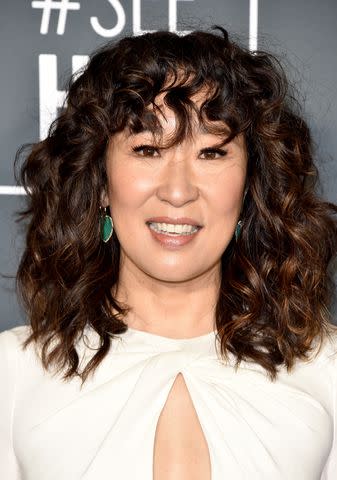
John Shearer/Getty Images
Collins says that the most common hair loss is often around the front of the hairline and temples. For that reason, soft face framing layers will make any sparse area seem purposeful. He suggests styling hair with a soft wavy texture to create the illusion of volume. He says to use something like the Dyson Cordless Corrale Straightner to give hair that soft bend, taking large sections and bending from the root to mid-shaft slowly. Then pull the iron through the hair quicker once you reach the ends.
Back-Combed Ponytail

David Livingston/Getty Images
Hair loss generally pops up around the crown area for women experiencing alopecia, which Collins says makes it an easy spot cover. Simply style hair with a curl tonic, curl enhancing mousse, or light hold gel before letting hair dry (naturally or with the help with a dryer and diffuser to enhance texture for coarse hair). Then sweep hair into a backcombed pony (or bun) with a slight pouf at the top to hide any signs of hair loss.
Curly Bob
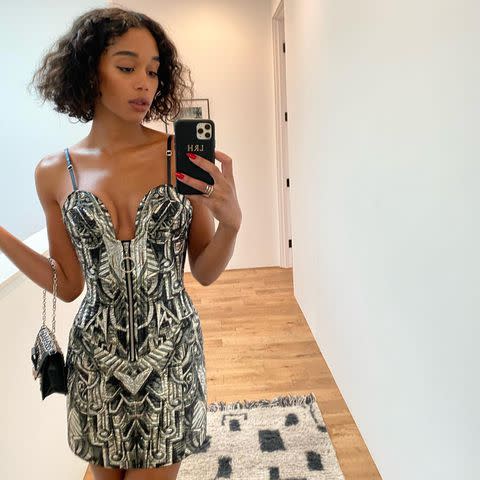
If you’ve got long natural curls and are experiencing hair along the hairline receding or looking damaged, Collins recommends a big change and chopping hair into a full heavy curly fringe and blont bob above the shoulders. To style, use your normal styling products for curls and grab a diffuser to give your curls volume.
For more InStyle news, make sure to sign up for our newsletter!
Read the original article on InStyle.





More Stories
Avocado Cacao Mousse – JSHealth
Janelle Brown on Garrison’s Mental Health Before His Death
How To Finally Beat Insomnia